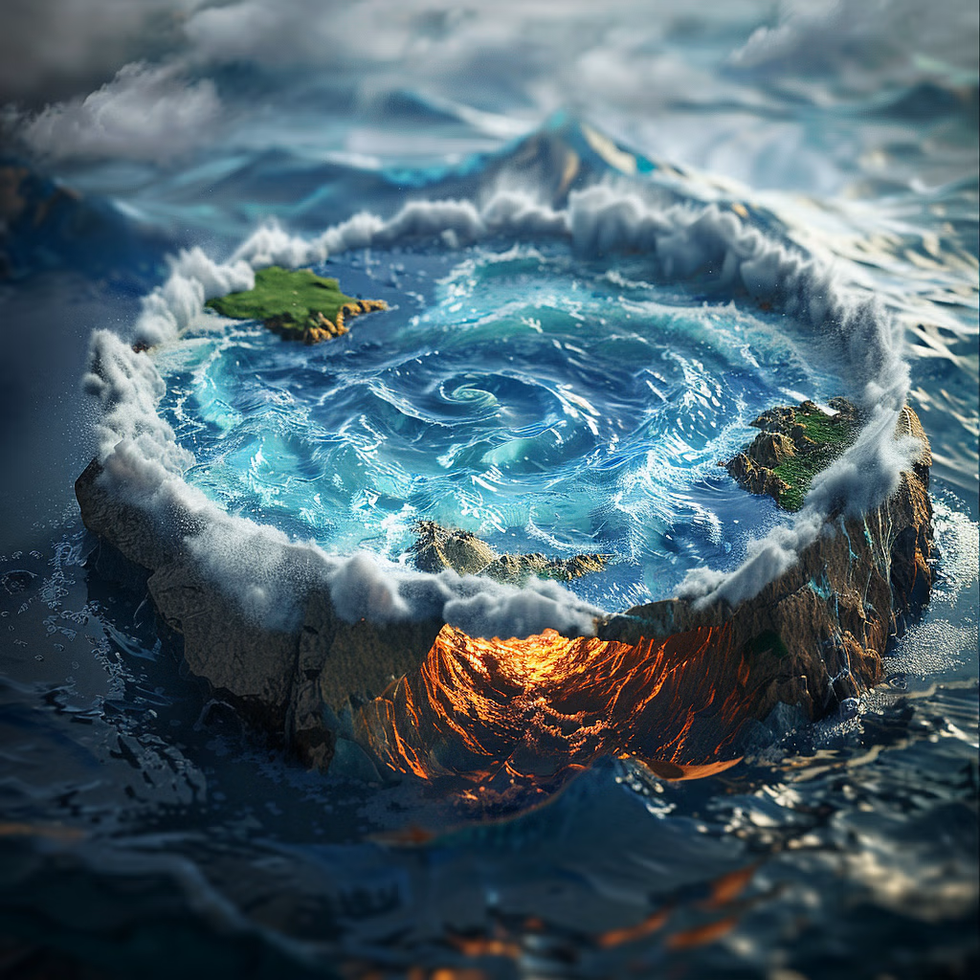
About Ringwoodite:
Implications for Earth’s water cycle:
Supreme Court recently observed that ...
There is a concern over the manner in...
Russia's government recently publishe...
Geological Survey of India (GSI) expl...
India has lodged a strong protest wit...
A new species of marine tardigrade di...
The Permanent Mission of India to the...
Recently, 4 countries on 3 continents...
Investing in a homegrown electrolyser...
Recently, suspect in a sex abuse case...